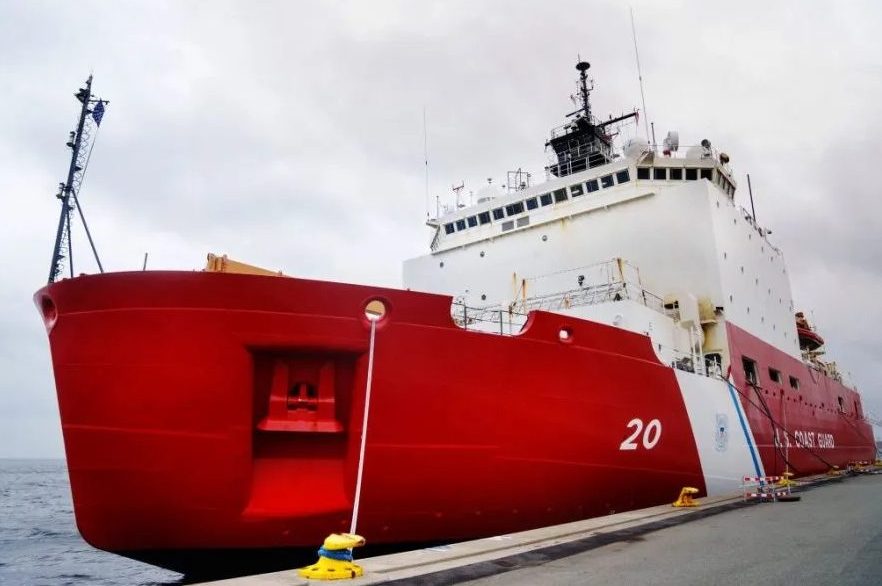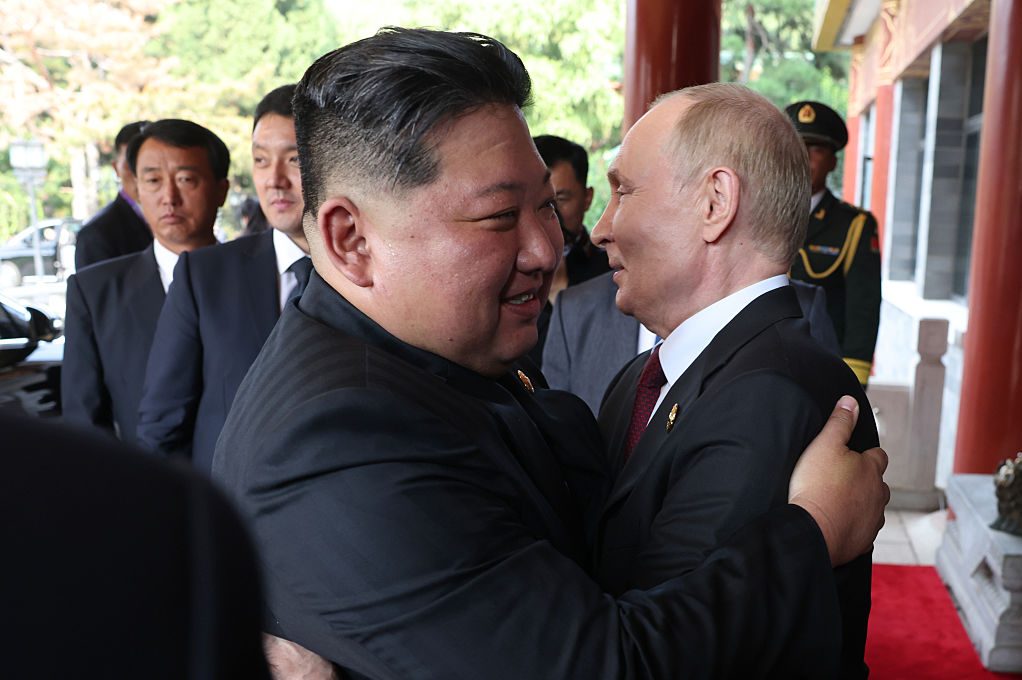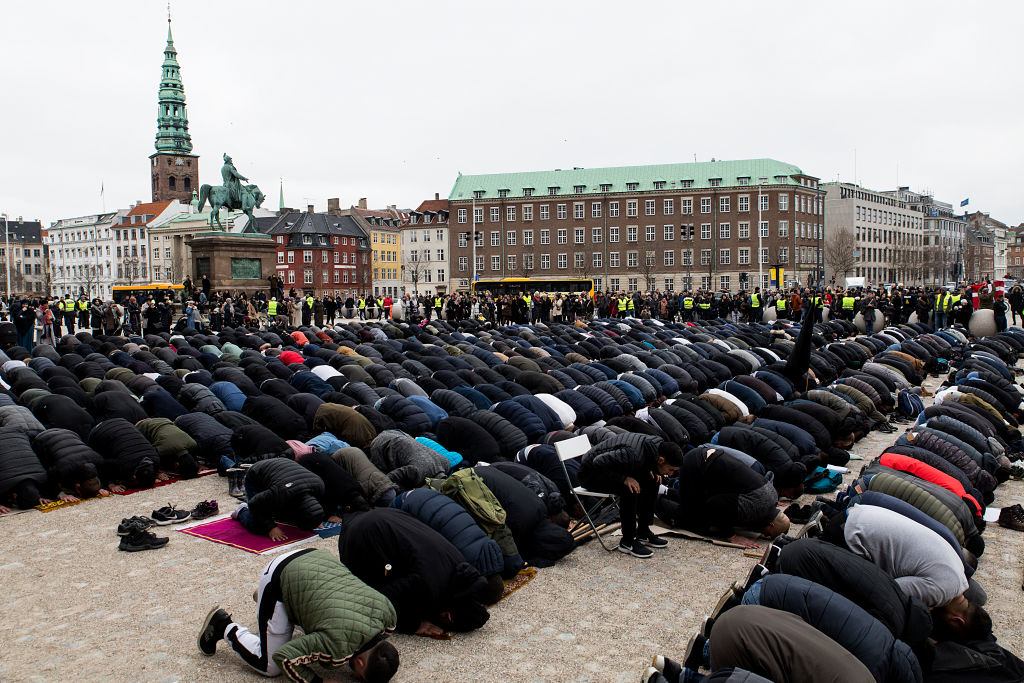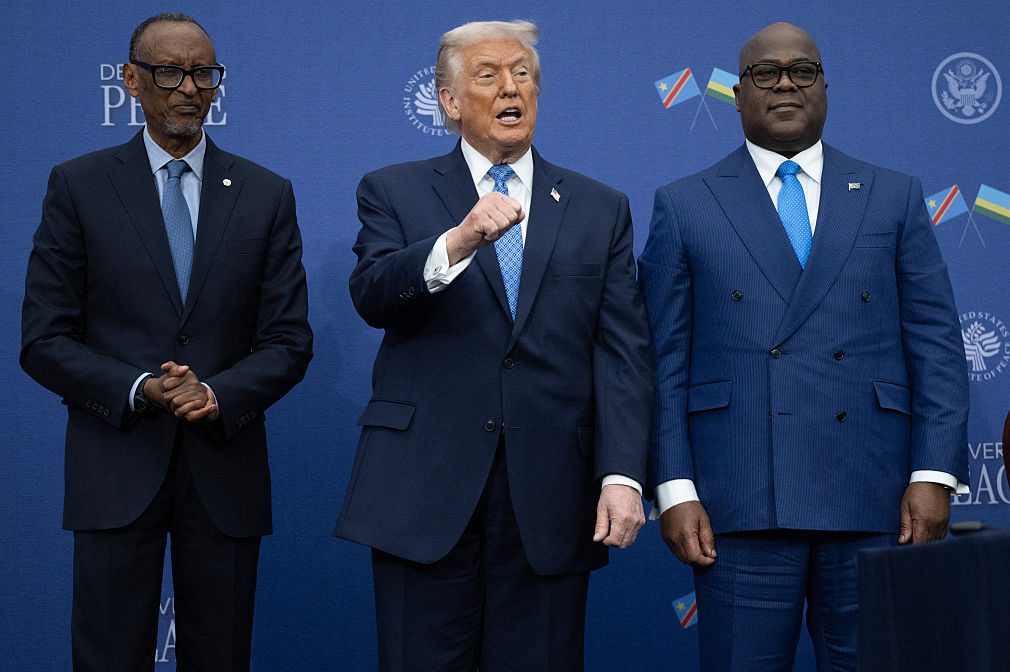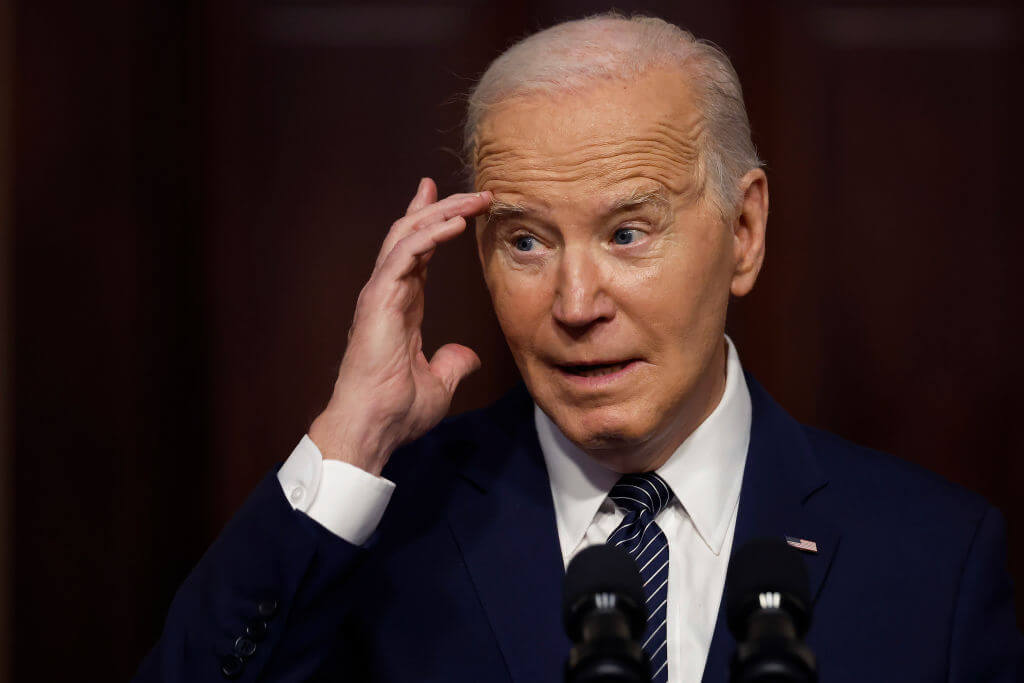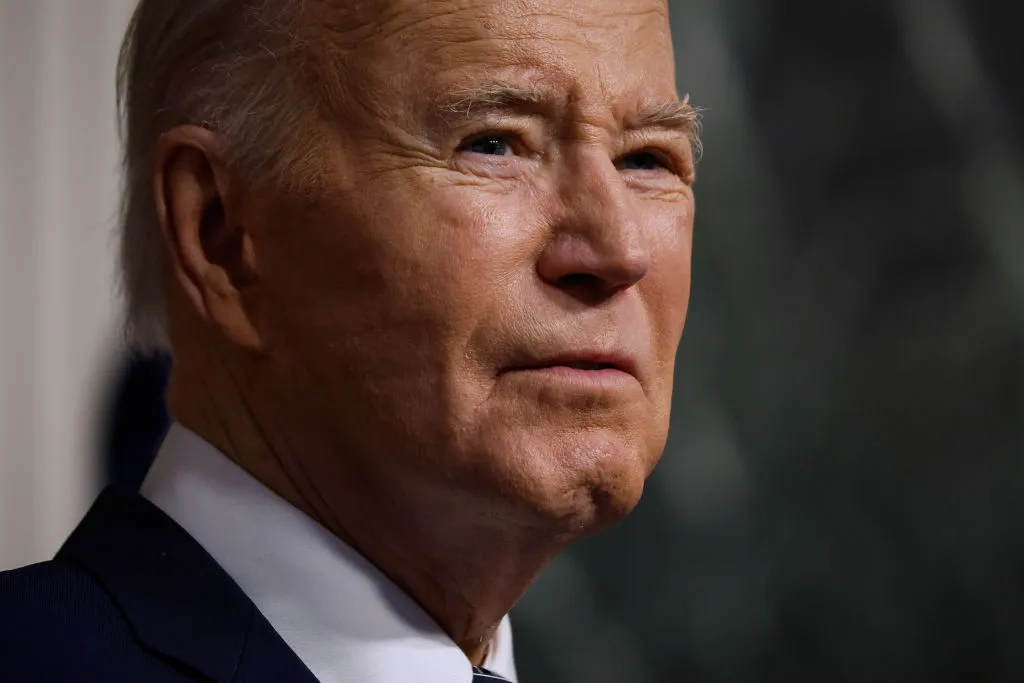There is an “icebreaker gap” between Russia and the United States. For decades, the Soviet Union and now Russia have recognized that icebreakers not only allow their remote northern settlements to be resupplied by sea but also ensured that the waters north of this vast country were navigable. Moscow can boast that it has a fleet of over forty vessels, eight of which are nuclear-powered. The latest vessel is called Yakutia and is a sobering example of how sanction-hit Russia has, despite everything, demonstrated a capacity to source parts and equipment for its fleet domestically. Icebreakers perform an essential service for both transit and destination shipping in the Gulf of Finland and along the Northern Sea Route (NSR). Despite the tough sanction talks, Russian liquefied natural gas (LNG) is still finding its way to markets in the European Union.
President Trump has clearly concluded that the US needs a great deal more icebreakers
By contrast, the situation with icebreaker vessels in the United States is embarrassing. For a nation plagued by sea and lake ice in and around Alaska and the Great Lakes, alongside being the largest Antarctic operator, the country has just two functional polar class icebreakers. Both are run by the US Coast Guard. The Polar Star was launched in 1976; its sister ship Polar Sea was taken out of regular service in 2024. The other medium-sized vessel, Healey, is accident-prone and unreliable. At least $170 million has been invested by the American government in extending their service lives. Other US-registered icebreakers are a mixture of ice-breaking tugs, science and polar supply vessels and one that supports the offshore oil rig industry in Alaska. The Navy has no icebreakers at all.
In July 2024, Joe Biden’s administration signed the Icebreaker Collaboration (ICE) pact with Canada and Finland. The idea was that the three countries would collaborate with one another to ensure that more icebreakers were constructed and launched at pace and in a cost-efficient manner.
But since coming to office last month, Biden’s successor, Donald Trump, has been very rude about Canada. He may not have known that a Canadian shipbuilding company Davie now owns the Helsinki shipyard that is responsible for 50 percent of the world’s icebreaker production. Canada’s icebreaker fleet, like the US, is aging and in need of replacement. This strategic purchase will unquestionably help Ottawa respond to that capacity challenge. In typical Trump style, the president mused that the United States did not really need the help of others when it came to building “big icebreakers.”
Building US icebreakers will certainly be popular with those, including Republican senators such as Alaska’s Dan Sullivan, who have campaigned for years for more investment in ships and port infrastructure. During his first administration, Trump oversaw the launch of a 2019 program that was designed to deliver three new polar cutters. The first is not likely to be delivered before 2030.
Now in his second term, a freshly re-elected President Trump has clearly concluded that the US needs a great deal more. The problem is a simple one: who is going to build those forty icebreakers? And where would the money come from? The Coast Guard estimated that even to purchase and convert one vessel for icebreaking duties in Alaska could cost more than $1 billion. What emerges from all of this is a story of cost over-runs, delays and design readjustment.
President Trump’s recent declaration about forty icebreakers could be dismissed easily as outlandish and improbable. But there is economic and geopolitical logic behind this call to arms, if not number. At the end of January, there was an awkward incident involving a Canadian ship called Manitoulin, which was trapped in ice for days in Lake Erie. The ship was heading to Buffalo, New York State and eager to drop off its cargo of wheat before the threat of US tariffs came into effect.
The Manitoulin was eventually freed after four days; it provided a timely example of why having a good working relationship with a neighbor is important. But it also revealed that the US lacked the capacity to tackle the prevailing thickness of ice in its waters. All of which has immediate financial consequences thanks to the delays and supply-side disruption it causes. The Lake Carriers Association has argued that the failure to maintain an adequate icebreaker fleet has cost the area surrounding the Great Lakes billions of dollars and thousands of jobs.
Beyond the regional economy of the Great Lakes, more icebreakers under President Trump would pick up on an earlier 2020 memorandum on safeguarding US national interests in the Arctic and Antarctic regions issued during his first term. Trump and his former secretary of state Mike Pompeo expressed concerns about China’s polar pretensions; the president will have been briefed about how that ambition has now led to a fifth Antarctic station being built and supplied by Beijing. In the High North, beyond the Polar circle, China’s icebreakers have carried out unprecedented Arctic Ocean missions. As a consequence of the full-scale invasion of Ukraine, Russia has pivoted decisively towards China. They now work with one another on energy projects, trade and joint maritime, and aerial patrols in and around the Bering Strait and North Pacific.
All of this probably explains why the Finnish foreign minister Elina Valtonen was able to confirm via X that there had been a telephone conversation with Secretary of State Marco Rubio that touched on “a broad common agenda in security, technology and free markets.” Valtonen wrote, “We touched upon our cooperation on icebreakers. There is great potential for deepening our ties in many fields.” America needs help.



